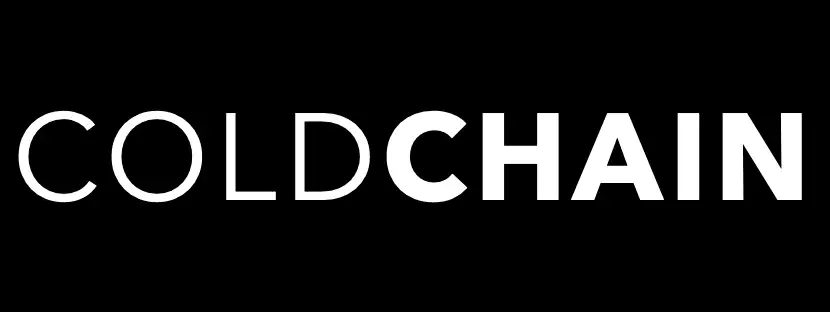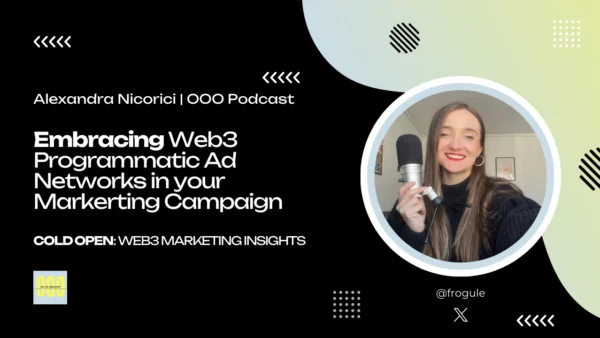In the world of blockchain and cryptocurrency, Web3 projects have emerged as a revolutionary way to create decentralized applications and platforms that offer greater security, privacy, and transparency. However, like any other technology, the success of Web3 projects depends on their ability to scale and attract a large user base. This is where product-led growth (PLG) comes into play. In this article, we will explore the concept of PLG and how it can help Web3 projects achieve their growth objectives.
Table of Contents
- Introduction
- What is Product-Led Growth (PLG)?
- The Benefits of PLG for Web3 Projects
- The Four Stages of PLG
- Acquisition
- Activation
- Retention
- Referral
- Implementing PLG in Web3 Projects
- Case Studies: PLG in Web3 Projects
- Uniswap
- Chainlink
- Challenges in Implementing PLG for Web3 Projects
- Conclusion
- FAQs
1. Introduction
Web3 projects are built on the principles of decentralization, transparency, and security. They offer a wide range of applications and platforms that are designed to provide users with greater control over their data and financial transactions. However, despite their potential, many Web3 projects struggle to attract a large user base and scale. This is where product-led growth (PLG) can help.
PLG is a new approach to marketing and growth that focuses on creating a product that is so good that it sells itself. It relies on the product to drive growth and user acquisition, rather than traditional marketing and advertising methods. In this article, we will explore the concept of PLG and how it can be applied to Web3 projects.
2. What is Product-Led Growth (PLG)?
PLG is a new approach to growth that relies on the product to drive user acquisition, retention, and referrals. It is based on the idea that if you create a great product, users will come and spread the word to others. PLG focuses on creating a product that is easy to use, solves a real problem, and provides a great user experience.
PLG is different from traditional marketing and growth methods, which rely on advertising, sales, and other tactics to attract and retain users. Instead, PLG relies on the product itself to drive growth. This approach has been successful for many companies, including Slack, Zoom, and Dropbox.
3. The Benefits of PLG for Web3 Projects
Web3 projects face unique challenges when it comes to growth and user acquisition. Many users are unfamiliar with blockchain technology and are hesitant to try new platforms and applications. Additionally, Web3 projects often require users to have a certain level of technical knowledge to use their platforms effectively.
PLG can help Web3 projects overcome these challenges by focusing on creating a product that is easy to use, solves a real problem, and provides a great user experience. This can help attract new users and retain existing ones, which is essential for the growth and success of any Web3 project.
4. The Four Stages of PLG
PLG can be broken down into four stages: acquisition, activation, retention, and referral. Each stage is critical to the success of PLG and must be executed properly to achieve the desired results.
4.1. Acquisition
The acquisition stage is all about attracting new users to your product. This can be done through various methods, including advertising, SEO, content marketing, and social media. However, PLG focuses on creating a product that is easy to discover
4.2. Activation
The activation stage is all about getting new users to start using your product. This requires creating a great onboarding experience that guides users through the platform and helps them understand the value of the product. The goal is to get users to experience the “Aha!” moment – the moment when they realize the true value of the product.
4.3. Retention
The retention stage is all about keeping users engaged and using your product over time. This requires creating a great user experience, providing ongoing value, and addressing any issues or concerns that users may have. Retention is critical to the success of PLG, as it ensures that users keep using the product and become advocates for it.
4.4. Referral
The referral stage is all about turning satisfied users into advocates for your product. This can be done through various methods, including referral programs, social media, and word-of-mouth marketing. Referral is the final stage of PLG and is essential for the growth and success of any Web3 project.
5. Implementing PLG in Web3 Projects
Implementing PLG in Web3 projects requires a different approach than traditional products. Here are some tips for implementing PLG in Web3 projects:
- Focus on creating a great user experience that is easy to use and provides real value to users.
- Provide educational resources and guides to help users understand the platform and how to use it effectively.
- Leverage the power of the community to drive growth and engagement. Encourage users to share their experiences and invite their friends to join the platform.
- Use data and analytics to track user behavior and identify areas for improvement.
6. Case Studies: PLG in Web3 Projects
Several Web3 projects have successfully implemented PLG to achieve growth and scale. Here are two examples:
6.1. Uniswap

Uniswap is a decentralized exchange platform that allows users to trade cryptocurrencies without an intermediary. Uniswap has achieved rapid growth and success by focusing on creating a great user experience and providing real value to users. The platform is easy to use and provides users with access to a wide range of tokens. Uniswap has also leveraged the power of the community to drive growth and engagement, with users actively sharing their experiences and inviting others to join the platform.
6.2. Chainlink

Chainlink is a decentralized oracle network that connects smart contracts to real-world data. Chainlink has achieved rapid growth and success by focusing on creating a great user experience and providing real value to users. The platform is easy to use and provides users with access to reliable and secure data. Chainlink has also leveraged the power of the community to drive growth and engagement, with users actively sharing their experiences and inviting others to join the platform.
7. Challenges in Implementing PLG for Web3 Projects
Implementing PLG in Web3 projects can be challenging due to the unique nature of the technology and the audience. Here are some common challenges:
- Lack of awareness and understanding of Web3 technology among users.
- Difficulty in creating a great user experience that is easy to use and provides real value to users.
- Limited resources and funding for marketing and growth initiatives.
- Lack of established best practices and guidelines for PLG in Web3 projects.
8. Conclusion
Product-led growth is a new approach to growth that can help Web3 projects achieve their growth objectives. By focusing on creating a great product that is easy to use, provides real value to users, and leverages the power of the community, Web3 projects can attract new users, retain existing ones, and achieve rapid growth and success.
Want to Develop a PLG Strategy?
We can help.
FAQs:
1. What is the role of the community in PLG for Web3 projects?
The community is a critical component of PLG for Web3 projects. By leveraging the power of the community, Web3 projects can drive growth and engagement by encouraging users to share their experiences and invite their friends to join the platform. This can be done through referral programs, social media, and other community-based initiatives.
2. How can Web3 projects create a great user experience?
Creating a great user experience requires understanding the needs and preferences of the target audience. This can be done through user research and feedback, as well as ongoing testing and iteration. Web3 projects should focus on creating a product that is easy to use, provides real value to users, and addresses any pain points or issues that users may have.
3. What are some common challenges in implementing PLG for Web3 projects?
Some common challenges in implementing PLG for Web3 projects include a lack of awareness and understanding of Web3 technology among users, difficulty in creating a great user experience, limited resources and funding for marketing and growth initiatives, and a lack of established best practices and guidelines for PLG in Web3 projects.
4. How can data and analytics be used to support PLG in Web3 projects?
Data and analytics can be used to track user behavior and identify areas for improvement. This can include tracking user engagement, conversion rates, and retention rates, as well as identifying key metrics and KPIs that are important for the success of the project. By using data and analytics, Web3 projects can make informed decisions and optimize their PLG strategies.
5. Why is PLG important for the success of Web3 projects?
PLG is important for the success of Web3 projects because it focuses on creating a great product that provides real value to users. By creating a product that users love and actively use, Web3 projects can attract new users, retain existing ones, and achieve rapid growth and success. PLG also leverages the power of the community to drive growth and engagement, which is critical in the Web3 space.



